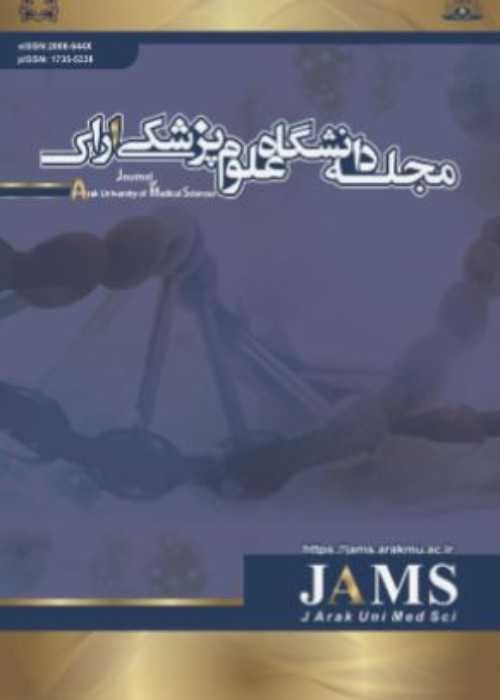Index of Nutritional Quality and Its Association With Serum High Sensitive C-reactive Protein Between Institutionalized and Non-institutionalized Older Adults in Tabriz: A Case-Control Study
Older adults, particularly those living in nursing homes, are a vulnerable group whose poor nutritional status and inadequate nutrient intake provide the basis for the incidence of diseases and increase their health costs. The aim of the present study was to compare the Index for Nutritional Quality (INQ) between institutionalized (nursing-home) and non-institutionalized (community-living) older adults and to investigate its association with serum high sensitive C-reactive protein (hs-CRP) level in each group.
In this case-control, age- and gender-matched study in Tabriz (East Azarbaijan, Iran), o subjects aged 65 years and older were recruited from nursing homes (n=76) and community (n=88). Anthropometric parameters were measured and body mass index (BMI) was calculated. A three-day record of the foods provided for the nursing home residents were weighed, using a digital scale. The whole food intake of older adults was converted to grams and dietary data were analyzed using Nutritionist IV software. Blood sample was drawn to measure serum hs-CRP level. SPSS software was used for data analysis. Ethical Considerations: The present research was approved at Research Ethical Committee of Tabriz University of Medical Sciences (Code: TBZMED.REC.1394.152).
In the present study, INQ for all nutrients (except for vitamins A, D, E, biotin, vitamin B6, folic acid, and iron) was significantly different between the two groups (P<0.05). The INQ<1 for these nutrients (except for iron) in both groups indicates insufficient intake of these micronutrients. However, INQ for nearly all nutrients (other than selenium) was higher in the community-living older adults, compared to nursing-home residents (P<0.05). The intake of minerals including calcium, magnesium, manganese, selenium, zinc, chromium, sodium, and potassium was also insufficient in both groups. Nursing-home residents did not meet their estimated needs for vitamins B2, B12, and copper. A significant reverse association was observed for serum hs-CRP level and INQ for vitamin D (P=0.04) and calcium (P=0.038) in the community-living older adults after adjusting for BMI. Such a correlation was also reported between INQ for vitamin B12 and serum hs-CRP level in both groups (P=0.02).
Based on the findings of this study, it is recommended to pay more attention to the nutritional status of older adults, especially those living in nursing-homes. A diet rich in micronutrients, especially vitamin D, calcium, and vitamin B12 may help prevent the development of inflammation in old population.
- حق عضویت دریافتی صرف حمایت از نشریات عضو و نگهداری، تکمیل و توسعه مگیران میشود.
- پرداخت حق اشتراک و دانلود مقالات اجازه بازنشر آن در سایر رسانههای چاپی و دیجیتال را به کاربر نمیدهد.


